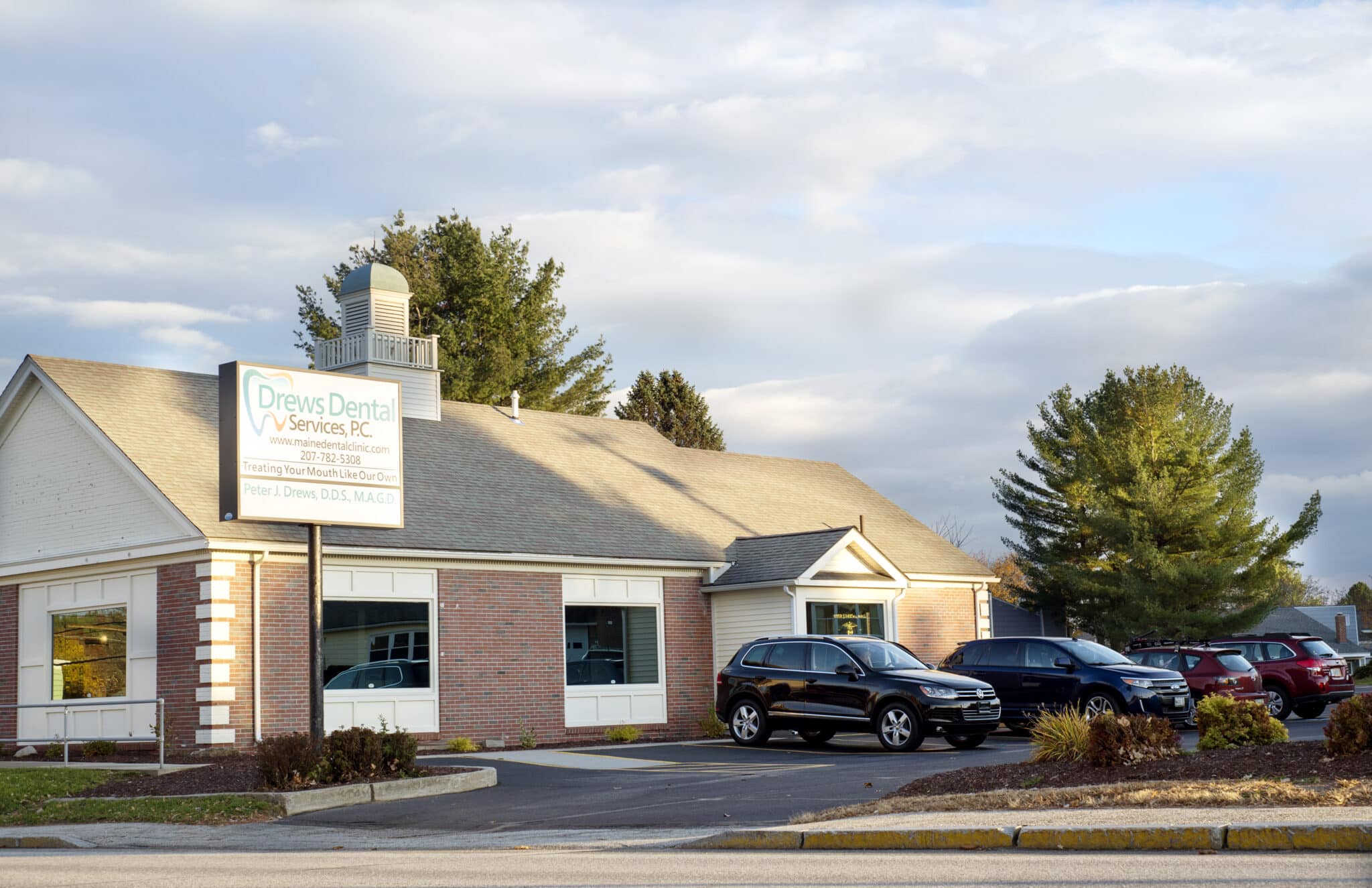Dental bridges are very similar to dental crowns in terms of preparation, and in the materials and methods used to construct them. The primary difference is that while dental crowns are used to reconstruct damaged teeth, dental bridges are used to replace missing teeth by ‘bridging’ the gap.

Other Preventive Services
Types of Bridges
While most people have heard about bridges and are somewhat familiar with the concept, there are actually three different types of dental bridges.
- Traditional Bridge
This is the most common one that people tend to be familiar with. It involves creating a crown to go on either side of the missing tooth with a complete, artificial tooth (referred to as a ‘pontic’) that bridges the two adjacent crowns. They’re made of a porcelain coating that is then fused to a metal or ceramic substructure for strength and durability. - Cantilever Bridge
When there is only a single tooth available as the “anchor,” due to a second missing tooth, then a Cantilever Bridge is necessary to create two ‘pontics.’ - Maryland Bonded Bridge
Finally, Maryland Bonded Bridges are made of plastic teeth and gums supported by a metal framework. Metal “wings” on each side of the bridge are bonded to the existing teeth to hold it in place.
Getting a Bridge
Getting a bridge requires two separate appointments. Once you and Dr. Drews determine that a bridge is the best solution for your specific situation, we’ll schedule first appointment during which the ‘abutment,’ or anchoring teeth, are prepared. That involves filing down a portion of the surface enamel to create space for the crowns to slip over them. Impressions are then taken to provide a template from which to make the pontic and crowns. This information is transmitted to our lab, and they will create the bridge per our instructions.
During the interval between that initial appointment and the final placement of the permanent bridge, you will have a temporary bridge to wear over the teeth that will both protect those teeth and allow you to chew normally. Once the permanent bridge is ready, we’ll give you a call and schedule the second appointment.
During the second appointment your temporary bridge is removed and the permanent bridge is cemented onto your natural teeth. The bite will be checked to ensure that the opposing teeth are hitting the bridge comfortably and naturally. We want your new bridge to look, feel, and work properly. This second appointment is all about achieving those final results.
If you have a missing tooth, or teeth, and want to discuss bridges with Dr. Drews or Dr. Lake, give us a call at (207) 782-5308 or contact us and we’ll be in touch!

Make an Appointment for Your Smile!




